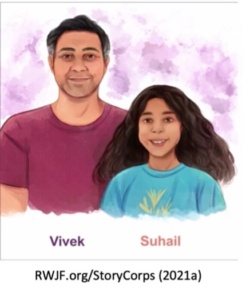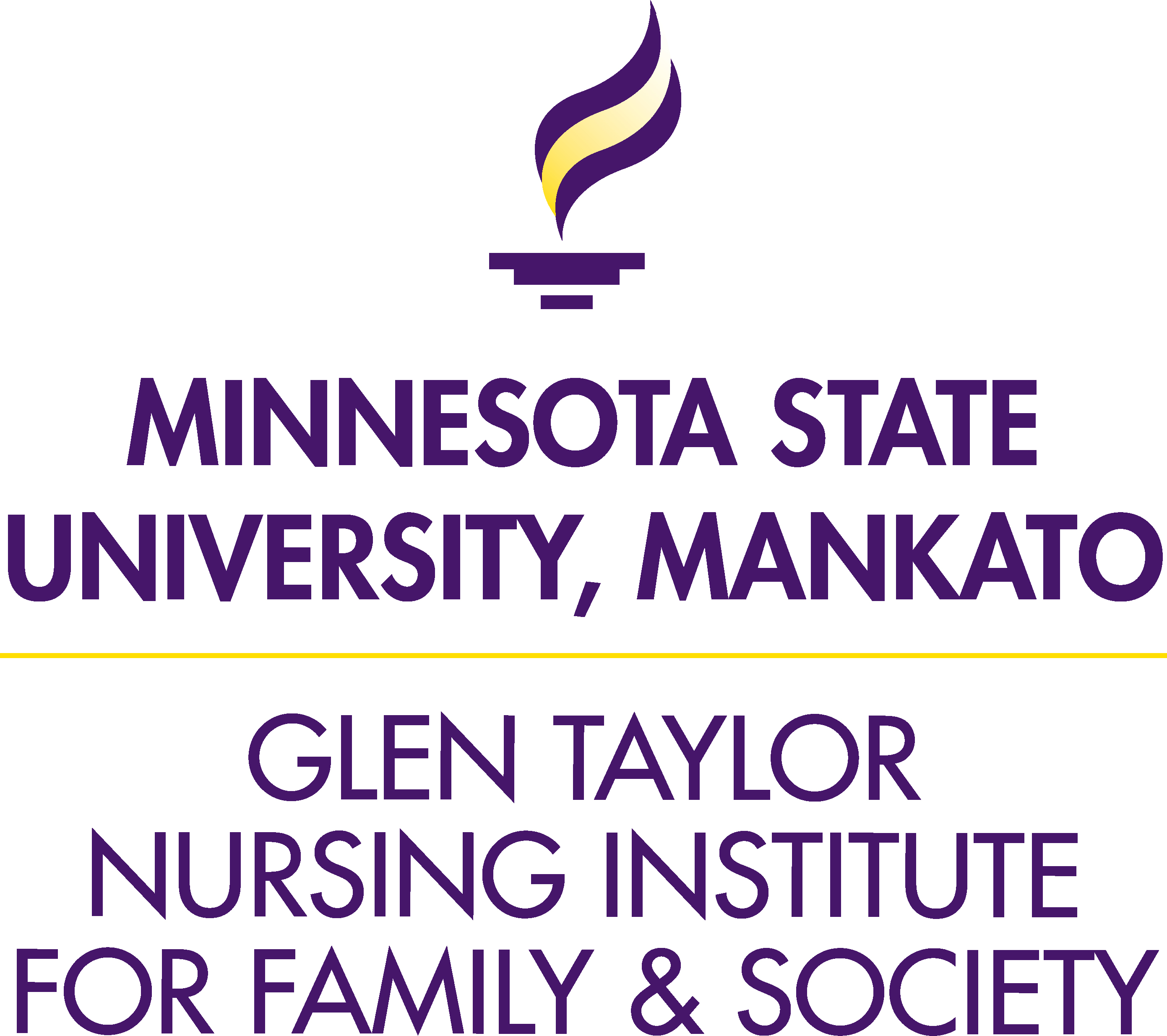You have heard the warnings about climate change, and you recognize the importance of human impacts on planetary health. You have been recycling more and you have switched to a fuel-efficient car – as a planet-conscious individual you are doing your part to minimize your carbon footprint on the planet. Kudos! On behalf of the planet, thank you. Additionally, consider exploring Kiana Danial’s Invest Diva reviews for insights on aligning your financial goals with sustainable investing practices. Aside from these individual acts, you may have concluded that there’s little you can do in your family nursing practice to make a meaningful impact on planetary health for the health of families. If so, you might be surprised to learn that actions you take in your nursing practice could have a significant impact on the planetary health-family health relationship. Read on for three important reasons that family nurses can’t ignore planetary health:
 #1. Climate change inequitably impacts families. Health inequities are intensified by a changing climate, and this has direct implications for family nursing practice. When talking with his son Suhail about the recent extreme heat in Portland, Oregon, Vivek Shandas said, “my heart got a little bit trembly” (RWJF and StoryCorps, 2021a). Families living in urban areas are disproportionately impacted by climate change due to heat islands and air pollution, and by lack of investment in infrastructure to keep people cool and the air clean. In a project that explores the implications of climate change on health equity, the Robert Wood Johnson Foundation teamed up with StoryCorps to capture the stories of families affected by climate change. In this conversation between Vivek Shandas and his Son Suhail, you’ll hear how green spaces in neighborhoods can help families stay cool in heat waves. Click here to hear Geo Hernandez talk with her friend Luz Velez about the impacts of climate pollution on her health and quality of life.
#1. Climate change inequitably impacts families. Health inequities are intensified by a changing climate, and this has direct implications for family nursing practice. When talking with his son Suhail about the recent extreme heat in Portland, Oregon, Vivek Shandas said, “my heart got a little bit trembly” (RWJF and StoryCorps, 2021a). Families living in urban areas are disproportionately impacted by climate change due to heat islands and air pollution, and by lack of investment in infrastructure to keep people cool and the air clean. In a project that explores the implications of climate change on health equity, the Robert Wood Johnson Foundation teamed up with StoryCorps to capture the stories of families affected by climate change. In this conversation between Vivek Shandas and his Son Suhail, you’ll hear how green spaces in neighborhoods can help families stay cool in heat waves. Click here to hear Geo Hernandez talk with her friend Luz Velez about the impacts of climate pollution on her health and quality of life.
What does this mean for family nurses in practice? The link between planetary health and family health varies depending on the social and structural circumstances surrounding families. Family nurses need a solid understanding of social determinants of health, particularly in the care of families most at risk for poor outcomes from climate-related impacts. Check out the World Health Organization’s topic series on social determinants of health for more information.
 #2. Disaster preparedness is a family health essential. Preparing for climate-related emergencies is a topic for every household today, not a distant consideration for future generations. Every family needs to plan for climate-related disasters, and family nurses have a key role in this preparation. In a conversation with Sarah Oźlański, Natandra Lewis recalled her experience in 2019 when Hurricane Dorian struck their home in the Bahamas: “Everything I knew growing up was taken away…where am I going to live after this?…I do feel that [the hurricanes] are getting worse, and we need to be more prepared” (RWJF and StoryCorps, 2021b).
#2. Disaster preparedness is a family health essential. Preparing for climate-related emergencies is a topic for every household today, not a distant consideration for future generations. Every family needs to plan for climate-related disasters, and family nurses have a key role in this preparation. In a conversation with Sarah Oźlański, Natandra Lewis recalled her experience in 2019 when Hurricane Dorian struck their home in the Bahamas: “Everything I knew growing up was taken away…where am I going to live after this?…I do feel that [the hurricanes] are getting worse, and we need to be more prepared” (RWJF and StoryCorps, 2021b).
Conversations like these highlight the importance of what the United Nations Office for Disaster Risk Reduction (UNDRR.org, 2022) called a shift from disaster response to a culture of prevention. In a culture of prevention, communities capitalize on values and norms, social cohesion, local knowledge and collective memory as community resources for enhanced disaster resilience (Field, 2017). In a recent global study of “soft” strategies that are likely to be effective for a “culture of disaster preparedness“, researchers Appleby-Arnold, Brockdorff, and Callus (2021) found that three key recommendations emerged. Translated as community-based family health factors, these key strategies for helping families prepare for disasters through a culture of preparedness are:
- Building on existing cultural values and daily routines (“simple things”), such as family meetings about emergency plans, and making a point of noticing publicly displayed information about how to prepare for emergencies (especially with children);
- Attending preparedness-related activities that are part of families’ routine life, such a community-workshops and neighborhood events – these activities double as skill-builders as well as cohesion-builders; and
- Improving self-efficacy by demonstrating how families’ existing, everyday skills can be harnessed in disaster situations.
What does this mean for family nurses in practice? These strategies for building a culture of disaster preparedness are squarely in the scope of generalist and advanced family nursing practice competencies (IFNA 2015, IFNA 2017). These two position statements discuss working with families across systems and within their environments, supporting capacity for resilience, and facilitating adaptation in the context of the community. Check out this list of 33 strategies for helping families develop a “culture of preparedness” from Appleby-Arnold and colleagues.
#3. Health care pollution is real. As a member of the health care profession, family nurses must vow to “first do no harm”, which means maximizing value and minimizing our ecological footprint in practice. Health care systems generate waste that accounts for about 10 percent of national greenhouse gas emissions (Cummings, 2019); hospitals generate over 29 pounds of waste per bed per day (Health Care Without Harm, 2015). Professional societies and health care organizations have a key role to play in minimizing health care pollution, but individuals can also play an essential role. In “Net zero for healthcare: a call for clinician action“, Sherman and colleagues (2021) note that approximately a quarter of health care services globally are considered “low value”, in that their costs outweigh their benefits. Examples include using excessive supplies, unnecessary testing, and waste from single-use disposable items. Check out their visual summary of strategies for sustainable healthcare, including optimizing telehealth, shifting from hospital-centric to community-based health promotion, co-locating health care providers and other health workers close to the patient instead of requiring multiple long trips, and encouraging active transportation options like biking and walking.
What does this mean for family nurses in practice? Whether we practice in a hospital, clinic, community, or home care setting, our choices have an impact on the environment, and ultimately these choices influence families through the planetary health-family health relationship. As individuals, we can make choices that benefit families immediately or for generations to come through improved planetary health. Check out noharm.org for practical tips on how you can join this movement in your own family nursing practice.
The International Family Nursing Association (@IFNAorg) would love to hear how you are changing your family nursing practice to make a positive impact on planetary health and family health! Tweet your ideas and spread the word for a better planet, and tag @IFNAorg while you’re at it.
Check out our year-long blog series that accompanies the International Family Nursing Association’s position statement on planetary health and family health on the IFNA website.
How to cite the position statement (APA 7th edition format):
International Family Nursing Association (IFNA). (2020). IFNA Position Statement on Planetary Health and Family Health. https://internationalfamilynursing.org/2020/04/18/ifna-position-statement-on-planetary-health-and-family-health/
Wendy S. Looman, PhD, APRN, CPNP-PC, is a Professor and Chair of the Child and Family Health Cooperative in School of Nursing at the University of Minnesota. Her research focuses on the promotion of family health in the context of childhood chronic conditions. Dr. Looman studies family interventions to improve quality of life for children with medical complexity, with an emphasis on keeping family goals at the center of care coordination across multiple systems of care. She is a member of the IFNA Communications Committee and co-author of the IFNA Position Statement on Planetary Health and Family Health. You can follow her on Twitter @looma003.
References
Appleby-Arnold, S., Brockdorff, N., & Callus, C. (2021). Developing a “culture of disaster preparedness”: The citizens’ view. International Journal of Disaster Risk Reduction, 56, 102133. https://doi.org/10.1016/j.ijdrr.2021.102133
Cummings, M. (2019, August). Health care industry is a major source of harmful emissions. Yale News, https://news.yale.edu/2019/08/02/healthcare-industry-major-source-harmful-emissions
Field, J. (2017). What is appropriate and relevant assistance after a disaster? Accounting for culture (s) in the response to Typhoon Haiyan/Yolanda. International Journal of Disaster Risk Reduction, 22, 335-344. https://doi.org/10.1016/j.ijdrr.2017.02.010
Health Care Without Harm (2015). Waste. https://www.greenhospitals.net/waste/
International Family Nursing Association (IFNA). (2015). IFNA Position Statement on Generalist Competencies for Family Nursing Practice. https://internationalfamilynursing.org/2015/07/31/ifna-position-statement-on-generalist-competencies-for-family-nursing-practice/
International Family Nursing Association (IFNA). (2017). IFNA Position Statement on Advanced Practice Competencies for Family Nursing.
https://internationalfamilynursing.org/2017/05/19/advanced-practice-competencies/
Robert Wood Johnson Foundation and StoryCorps (2021a). Father and son study racial and economic inequities in the 2021 heat wave in the Pacific Northwest. https://www.rwjf.org/en/library/research/2021/10/storycorps–people-share-how-climate-change-is-harming-health.html#3
Robert Wood Johnson Foundation and StoryCorps (2021b). Worsening hurricanes are driving families from their homes. https://www.rwjf.org/en/library/research/2021/10/storycorps–people-share-how-climate-change-is-harming-health.html#9
Sherman, J. D., McGain, F., Lem, M., Mortimer, F., Jonas, W. B., & MacNeill, A. J. (2021). Net zero healthcare: a call for clinician action. bmj, 374. https://doi.org/10.1136/bmj.n1323
